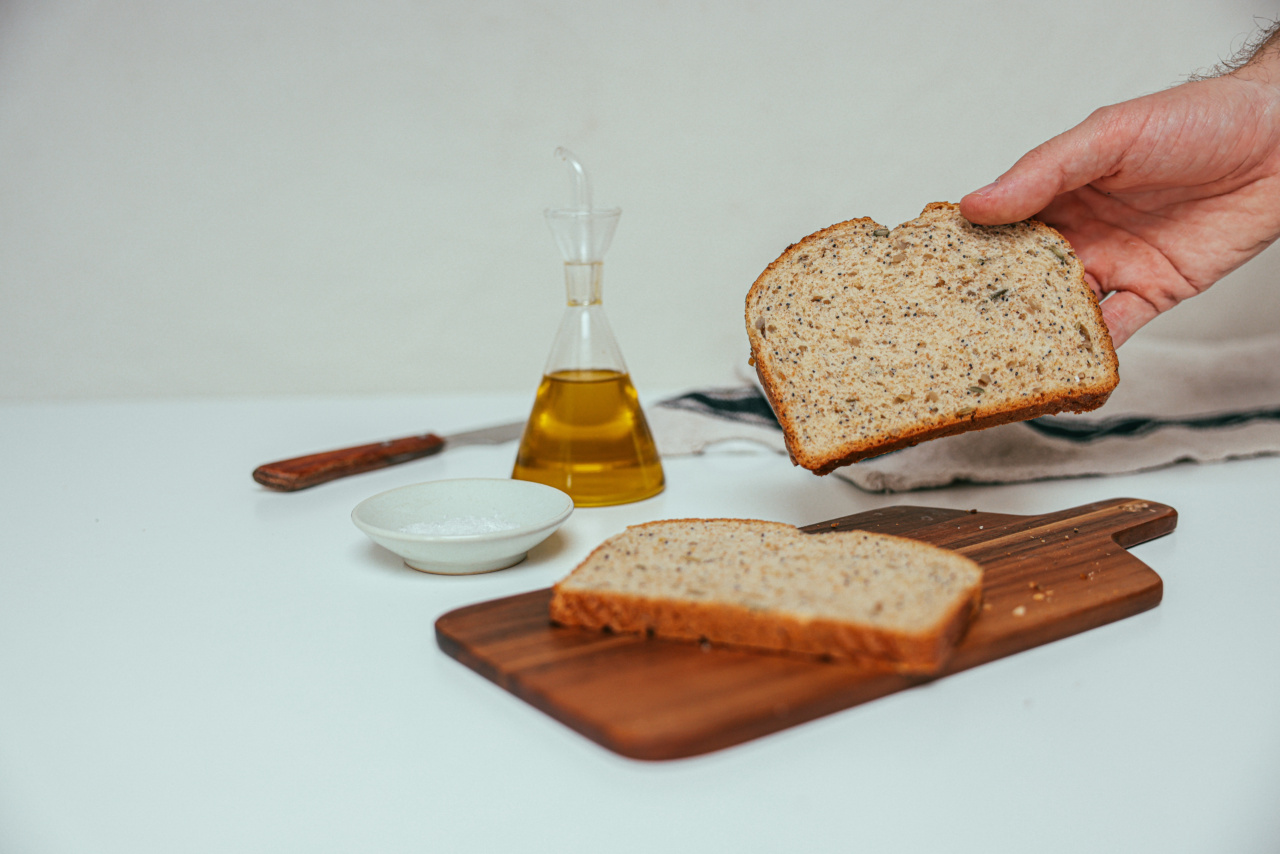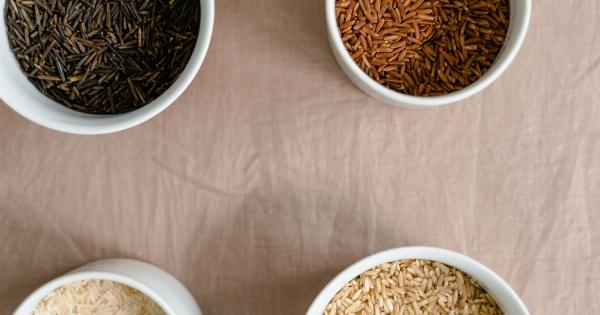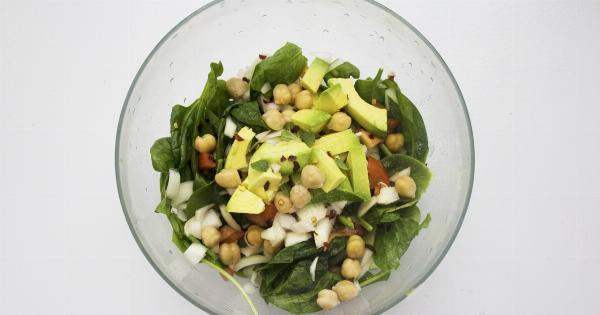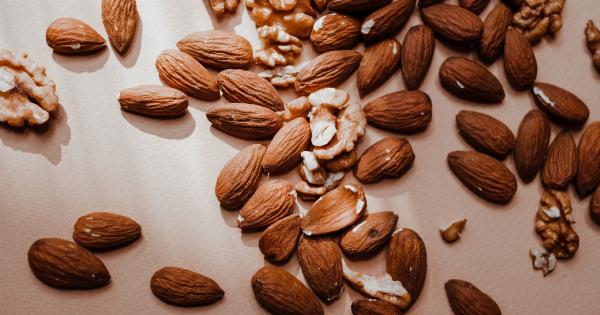You might be surprised to hear that bread has been subjected to scientific research at Harvard University. They have ranked breads based on their nutritional content, which can be a useful tool to help people make healthier dietary choices.
Bread is a staple food in many cultures and plays an important role in our diets. This ranking system can help people make better choices about the type of bread they consume.
Bread ranking system
Harvard scientists built a ranking system that takes into account nutritional value, including fiber and whole grains, as well as unhealthy ingredients such as added sugars and sodium.
They evaluated 150 breads, which were categorized into six different types: whole-grain, white, pita, rye, multigrain, and gluten-free.
Whole-grain breads
Harvard scientists found that whole-grain breads, which are made from whole wheat flour, are the healthiest bread option. They are high in fiber, which helps regulate blood sugar, lower cholesterol levels, and promote a healthy digestive system.
In addition, they contain antioxidants, minerals, and vitamins that are beneficial to overall health. Some examples of whole-grain breads that scored high in the ranking include Ezekiel 4:9 Sprouted Whole Grain Bread and Nature’s Own 100% Whole Wheat Bread.
White breads
White breads, which are made with refined white flour, scored lower on the nutritional value scale. They lack fiber and are often high in added sugars and sodium.
However, there are some white bread options that are healthier than others, such as Sara Lee’s Delightful Wheat Bread and Arnold Country White Bread. Overall, it is recommended to choose whole-grain breads over white breads for optimal health.
Pita breads
Pita breads, which are often used in Mediterranean cooking, ranked fairly high in the nutritional value scale. They are typically made with whole wheat flour and contain fiber and protein.
However, they can be high in sodium and some varieties contain added sugars. Joseph’s Flax, Oat Bran, & Whole Wheat Pita Bread received the highest ranking in this category.
Rye breads
Rye breads, which are made with a combination of rye flour and wheat flour, contain fiber, vitamins, and minerals. They also have a lower glycemic index than white breads, which means they do not lead to a rapid spike in blood sugar levels.
Some examples of healthy rye breads include Alvarado Street Bakery Sprouted Whole Rye Bread and Mestemacher Natural Pumpernickel.
Multigrain breads
Multigrain breads are made with a combination of different grains and can be a healthy option. However, it is important to read the labels carefully, as some varieties can contain added sugars and refined grains.
Some examples of multigrain breads that scored high in the ranking include Dave’s Killer Bread 21 Whole Grains and Seeds and Silver Hills Sprouted Power The Big 16.
Gluten-free breads
Gluten-free breads, which are made with alternative flours such as rice or almond flour, scored lower on the nutritional value scale. They often lack fiber and can be high in added sugars and unhealthy fats.
It is important to choose gluten-free breads that are made with whole grains and are low in sugar and sodium. Some examples of healthier gluten-free breads include Canyon Bakehouse 7-Grain Gluten-Free Bread and Udi’s Gluten-Free Whole Grain Bread.
Conclusion
Harvard scientists have provided a useful tool for people to make healthier choices about the type of bread they consume. Whole-grain breads, which are high in fiber and beneficial nutrients, are the healthiest option.
White breads and gluten-free breads should be consumed in moderation and it is important to read the labels carefully and choose varieties that are low in added sugars and sodium. By making informed choices about bread, we can improve our health and well-being.






























